Hanwoo, the prized Korean beef which is fast gaining popularity among global meat-eaters looking for a tasty alternative to the now almost ubiquitous wagyu. But is Korean hanwoo overtaking Japanese wagyu as the world’s best beef?
Thanks to the wide appeal of K-drama – where TV characters always promise each other hanwoo as a celebratory treat – and tourism, this rarely exported beef has become one of the main draws for food-loving travellers to Seoul. But while Korean BBQs are a dime a dozen in the city, not all of them serve hanwoo because of its high cost. Anyone who thinks they’re tucking into a bargain may realise too late that they’re being served cheaper imported Australian or New Zealand beef.
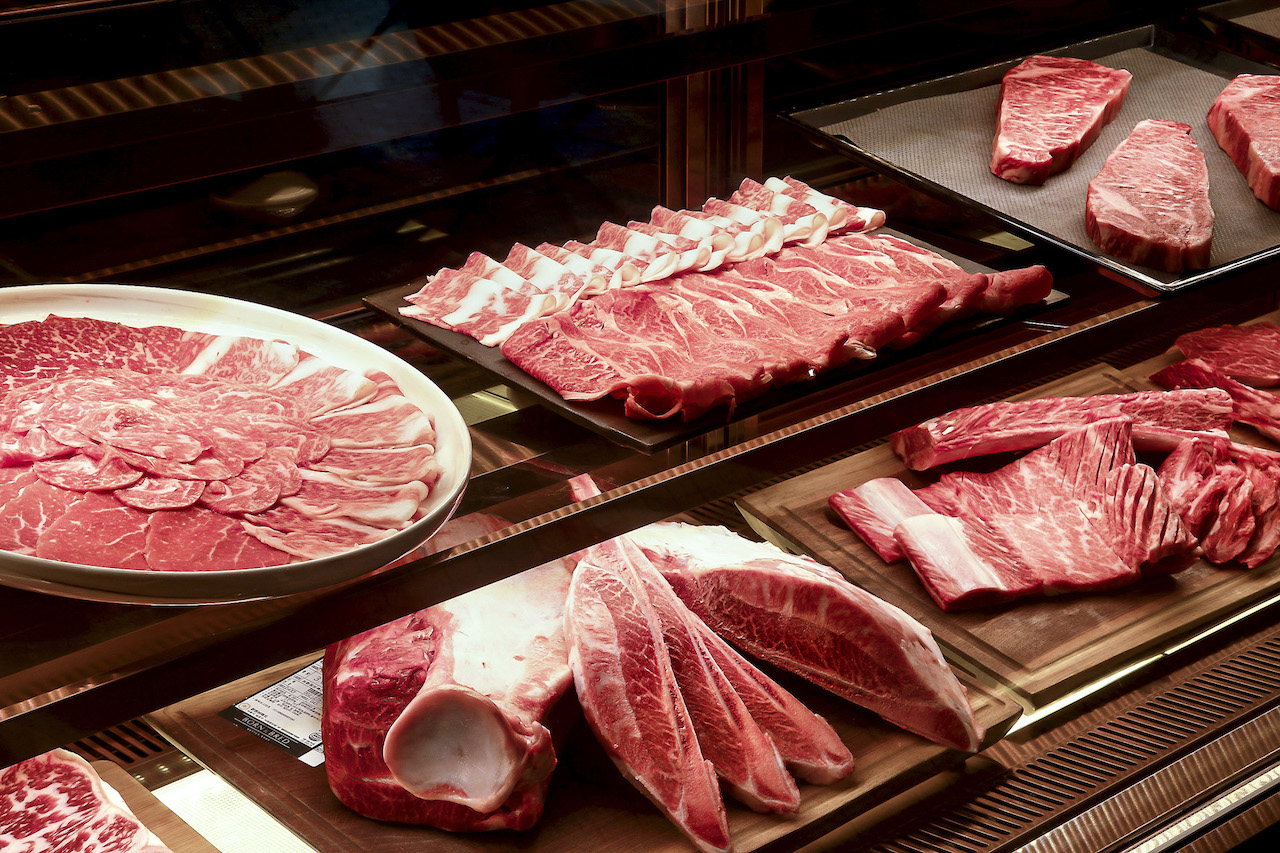
Hanwoo VS Wagyu
Why is hanwoo so expensive in the first place? Mainly for the quality, which puts it in the same league as wagyu, and also demand, which far outstrips supply. Unlike Japan, there is less land in South Korea available for rearing indigenous cattle, which are also smaller than their famous counterparts. The fact that most of the local supply of meat is consumed by Koreans means there is less to export overseas. Currently, only Hong Kong, Macau, Cambodia and Malaysia are able to get hold of limited quantities. Singapore, on the other hand, has yet to allow imports due to strict regulations.
That hasn’t stopped Singaporeans from being enamoured of what is now considered the new wagyu. That’s because hanwoo offers the best of wagyu and US beef in the same bite. It is not as fatty as wagyu (which can be as high as 70 percent fat if not more) yet not as lean as US beef. With around 40 to 50 percent fat content, hanwoo has the tenderness of wagyu and the beefiness of US Prime, giving it a good balance of flavour and texture.
While Japan traces its beef consumption to the 19th century in Kobe when the first foreign residents settled in Yokohama, South Koreans only started doing so in the 1960s. Before that, like Japan, cattle were used mainly as working animals, but as the economy expanded and incomes grew, hanwoo eventually became the ultimate dining treat.
Choosing the Best Cut
Korean cows are smaller in size than their Japanese counterparts, with four varieties including the most common golden brown hanwoo. Japanese farmers are known to pamper their cows with beer massages and calming classical music, and Korean farmers are no different, although their methods differ. The taste of the meat varies depending what the cows are fed. For instance, some farmers add nutrients from barley stems to traditional herbs to the cows’ diet.
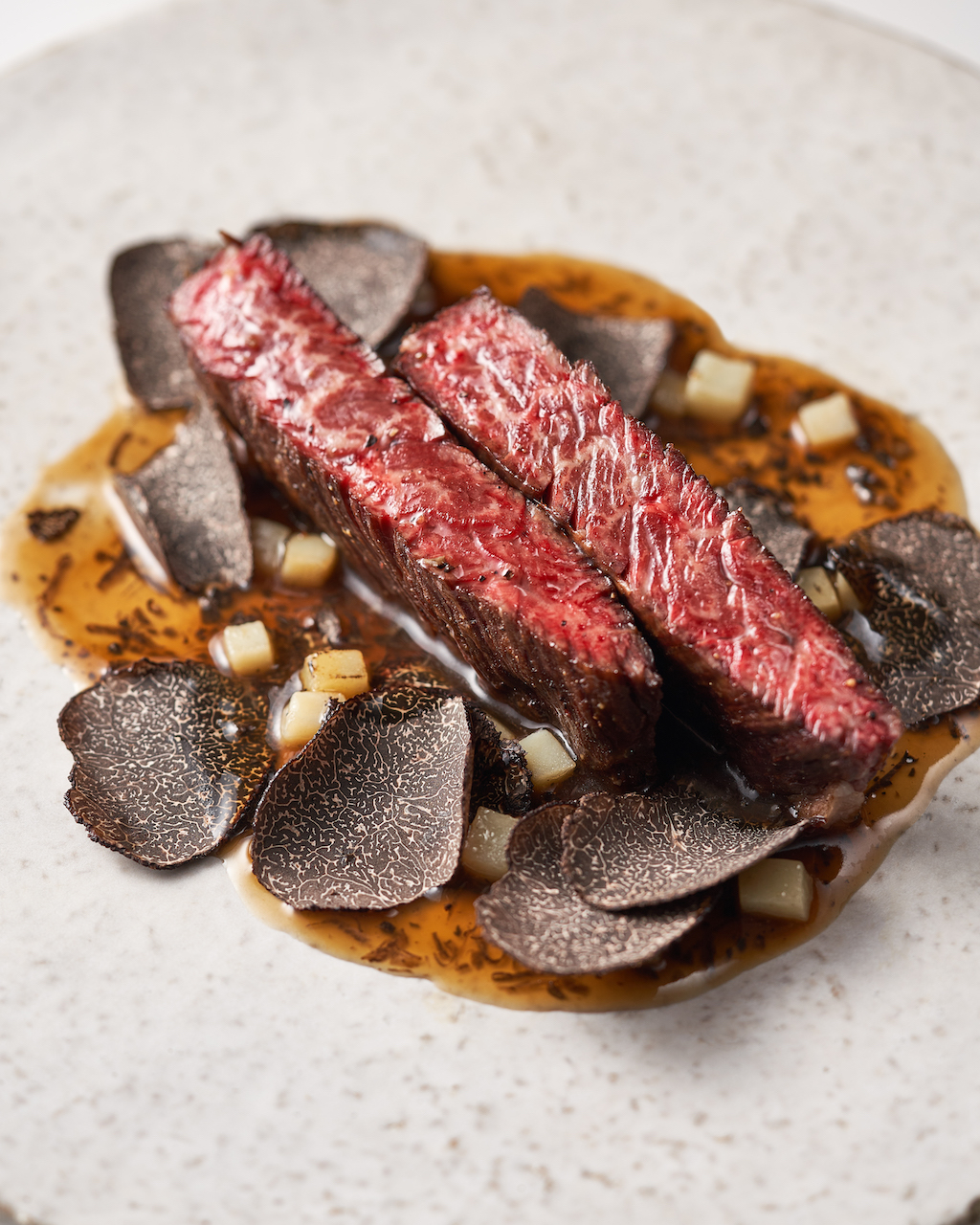
While Japan has its famous beef-producing regions such as Kobe, Miyazaki and Matsuzaka, Korea also has its own premium areas as well, says Chef Min Kyung Hwan of Born & Bred, one of Seoul’s most famous upscale BBQ restaurants. “Hongseong in South Chungcheon province and Jangheung in Jeonnam province are some of the best known regions for hanwoo,” adds Chef Min. “But the highest quality hanwoo often originates from the auction market located in Eumseong, Chungcheongnam province, which is where Born & Bred sources only the finest quality female cows to serve to its customers.”
He explains that hanwoo has its own grading process, just like Japan’s ‘A’ classification. “The grading is based on marbling, colour, fat colour, texture and ageing, and ranges from 3 to 1++ (best quality). The highest quality showcases a pinkish colour with a glossy appearance, and evenly distributed fat. Also, Korea has adopted the international Beef Marbling Standard (BMS) for hanwoo, so it is categorised as 3 (BMS 1), 2 (BMS 2,3), 1 (BMS 4, 5, 5+), 1+ (BMS 5++, 6, 7), and 1++ (BMS 7+, 7++, 8, 9).”
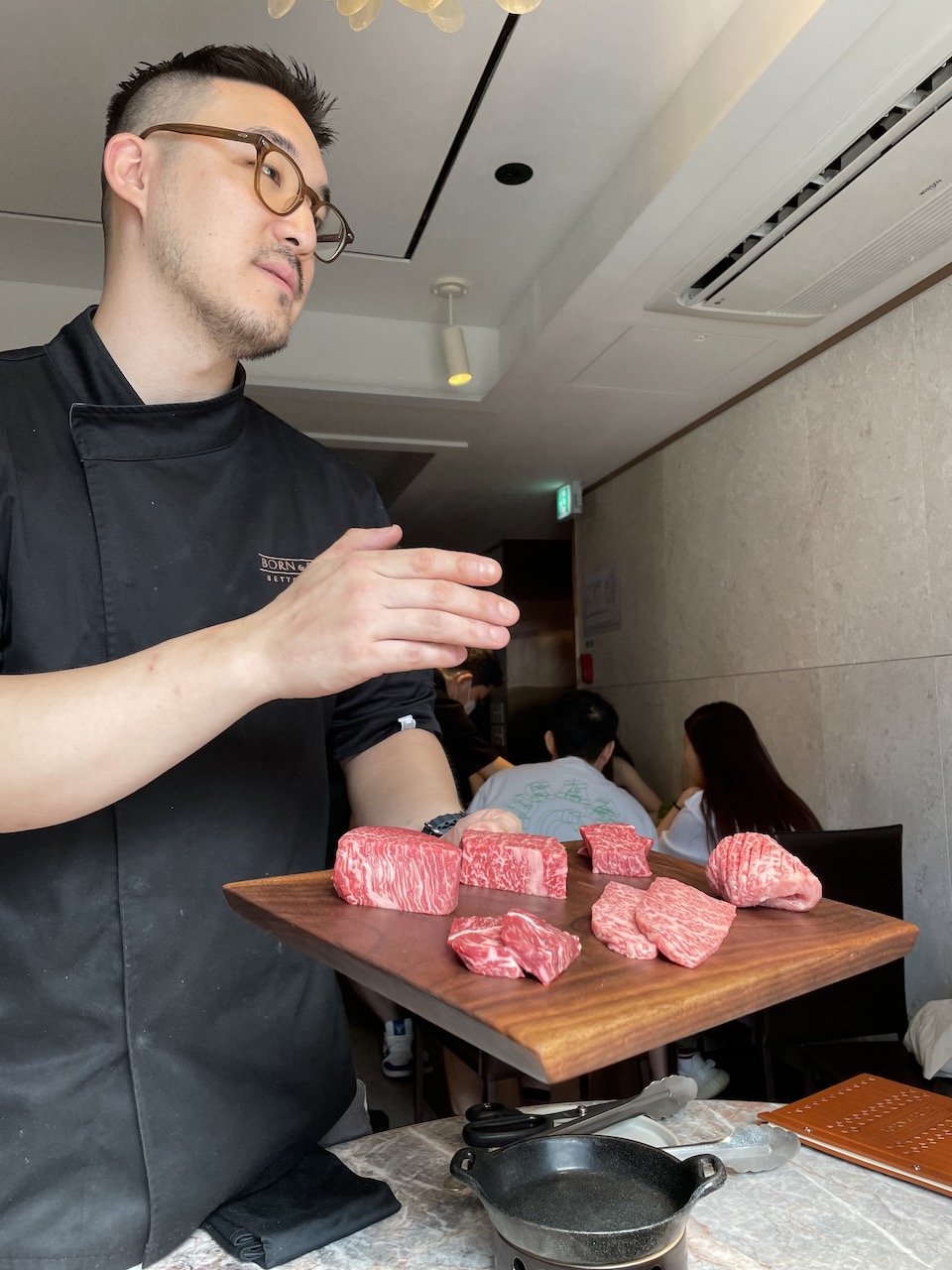
That said, what are the best cuts of hanwoo? “In Korea, there’s a saying, ‘One cow equals 100 different tastes’, which means that you can experience 100 different flavours from one cow,” says Min. “Also, Korea is known for its various butchering techniques, which allow for the most detailed segmentation of the cow. Different parts offer distinct differences in aroma, texture and taste.”
Of course, tenderloin, striploin and ribeye are global favourites. “But for hanwoo, cuts like hanger steak and outside skirt offer a distinctive depth of flavour, juiciness and sweetness. There’s also thin-sliced beef known as ‘roskut’ which resembles Spain’s tapas culture because it is served in small bites,” Min says. He adds that because Korean beef is often grilled on the spot in front of guests, it is also similar to the tableside service found in French cuisine.
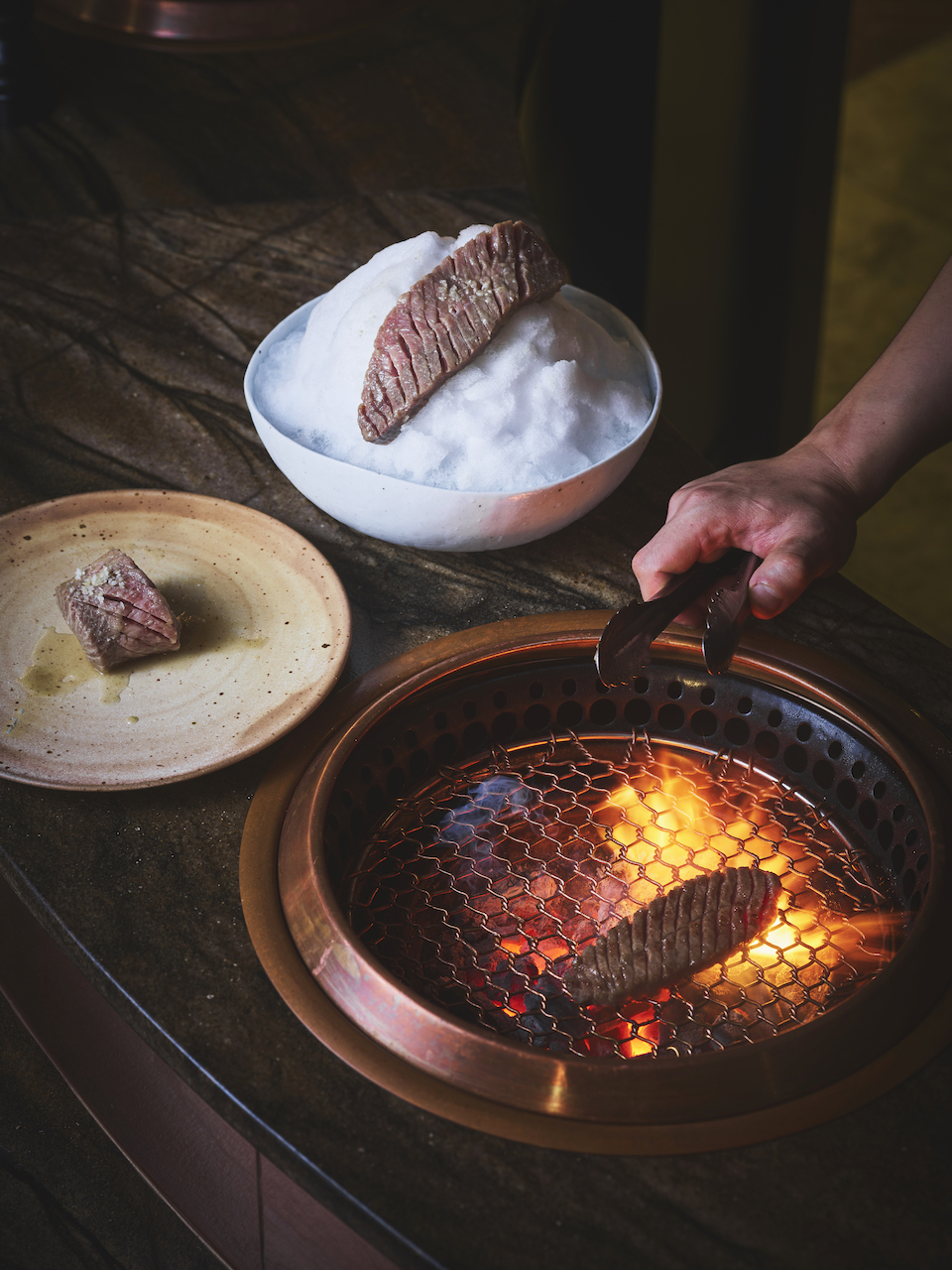
On hanwoo’s standing in the world today, Simon Kim of Korean American steakhouse Cote says that Korean beef is one of his favourites. “Hanwoo has this unique savouriness – it’s not just about marbling the way Japanese wagyu is – Korean beef has this kind of texture and flavour, and umami component that is really unique to Korean beef. I feel like the Korean government just needs to do a better job working with different foreign policy so that they can export to different countries. In Korea, there’s not enough supply of hanwoo for even for Koreans, and the price is really high.” Simon believes it would be a great opportunity to showcase Korean beef in the global culinary scene. “I think it’d be a great opportunity to share what’s so excellent about Korean cuisine.”
WHERE TO ENJOY HANWOO IN SEOUL:
Born & Bred (1 Majang-ro 42-gil, Seongdong-gu, Seoul; Tel: +82 2-2294-5005)
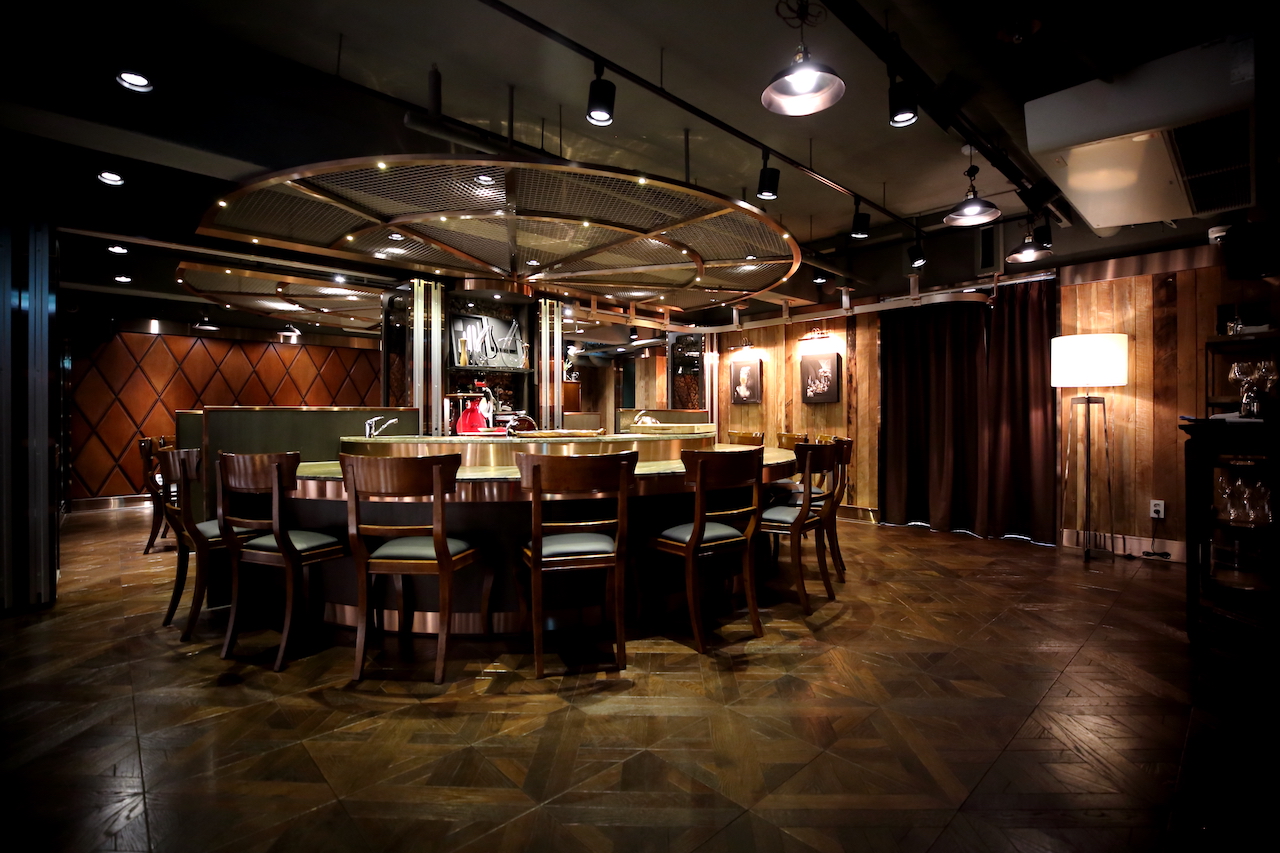
Born & Bred (formerly known as “Hanwoogohyang) traces its origins back to1978, when it was a wholesale meat distributor in the famous Majang Meat Market. In fact, the restaurant is located just across from the market, spread out over several floors in a stylish modern building. Chef Min says, “Born & Bred specialises in offering traditional and modern styles of hanwoo cuts to cater to the diverse preferences of our customers. With a team of experts including experienced auctioneers, beef aging specialists, skilled butchers, and chefs, Born & Bred strives to bring out the best flavour in hanwoo, ensuring quality from sourcing to serving.”
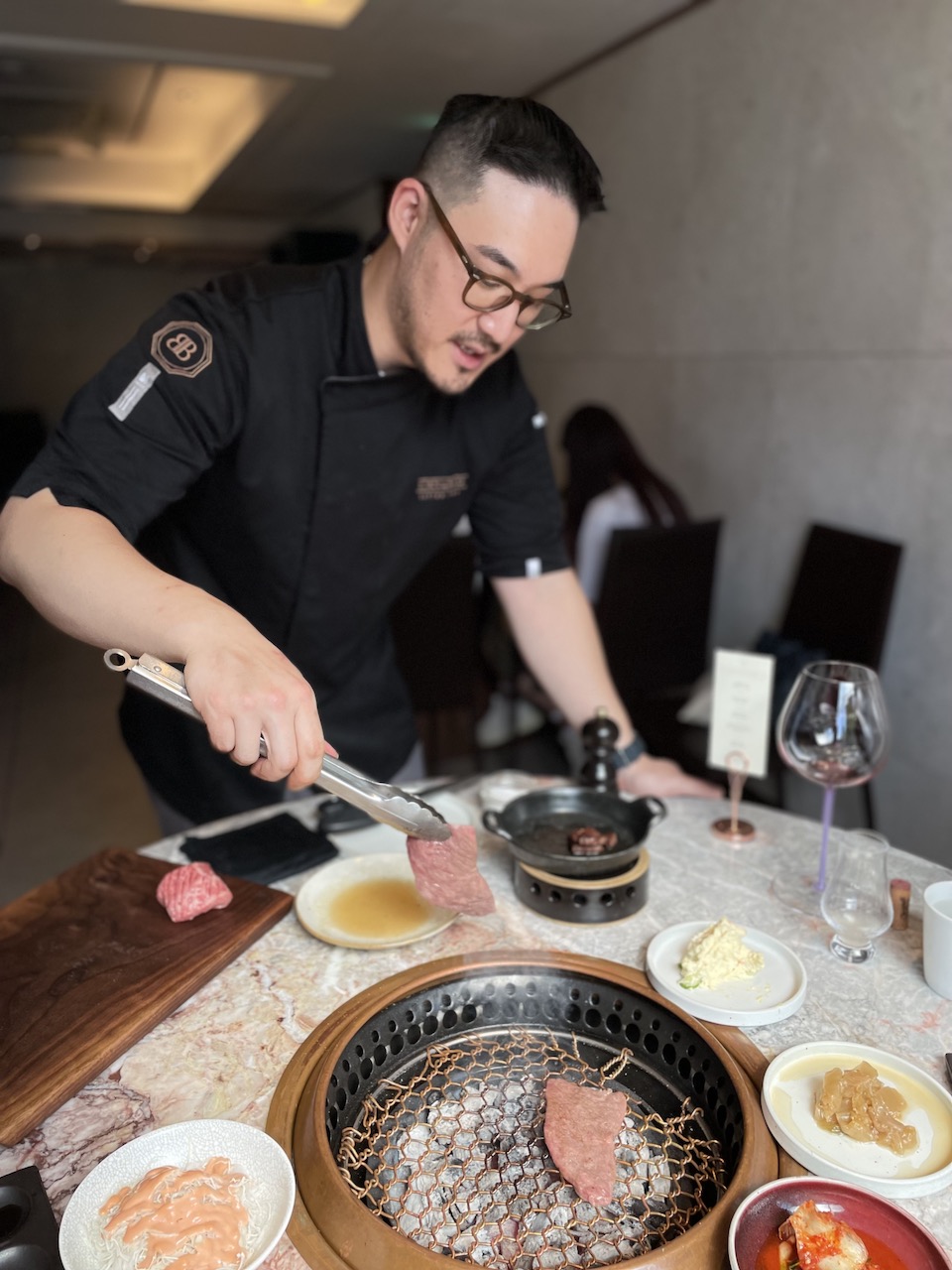
Diners can opt for the regular Korean BBQ, or indulge in the ultimate omakase experience (only available for dinner) where you’ll get to try a huge array of premium cuts prepared in various ways. Served in an intimate basement space, you sit around a counter while the head chef grills everything from chateaubriand to side skirt and prime rib to perfect doneness. Starve yourself before you go as there will be a lot of food to eat. The main dining area offers a more manageable la carte menu which includes different cuts of beef grilled at the table. Don’t forget to try the most amazing burger and beef pho too.
Majang Meat Market (4-1 Gosanja-ro 24-gil, Seongdong-gu, Seoul; Tel: +82 2-2281-4446)
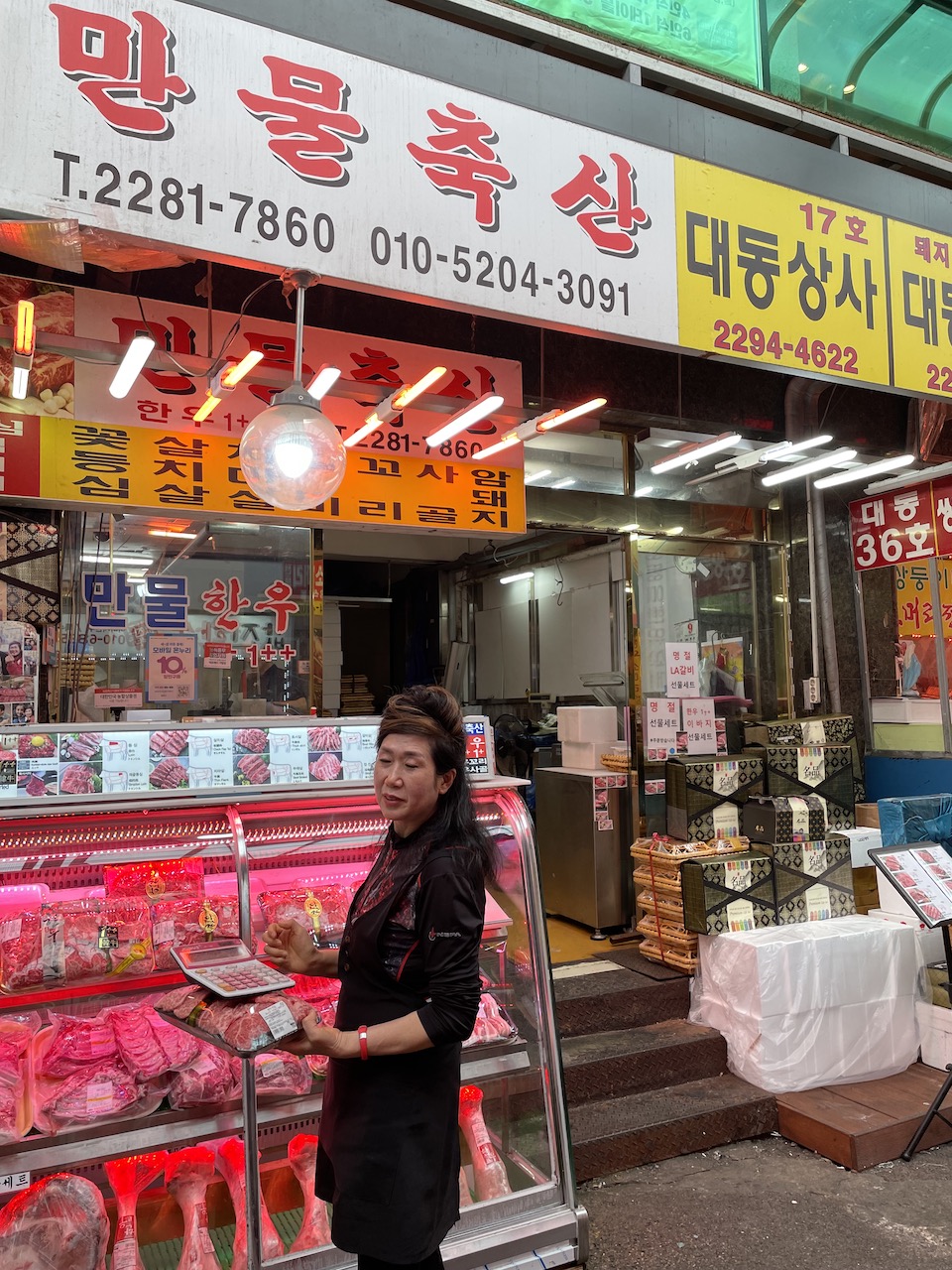
Majang Meat Market can be a little intimidating for first timers who don’t speak any Korean and aren’t used to seeking buckets of offal up close. But it’s a fascinating spot to wander and browse the many stalls selling freshly cut meat, particularly hanwoo. You can buy just about any kind of cut you please, and even the top quality stuff. Originally a purely wholesale market, it now sells directly to consumers who can either buy their meat to take home or have it cooked at one of the many restaurants set up just for this purpose.
Byeokje Galbi the Choengdam (25 Dosan-daero 81-gil, Cheongdam-dong, Gangnam-gu, Seoul; Tel: +82 2-512-9593)
This luxury Korean BBQ looks like its own little villa with a stone-lined path and greenery leading up to the ornately decorated restaurant. The menu says that it only serves the best quality hanwoo and it specialises in the diamond cut short rib. Pick from the a la carte menu or set meals which offer several cooked dishes in addition to the grilled beef. It’s also known for its Pyongyang-style cold noodles which make a refreshing end to the meal.
____
Main image Credit: Unsplash (The Creativv)
